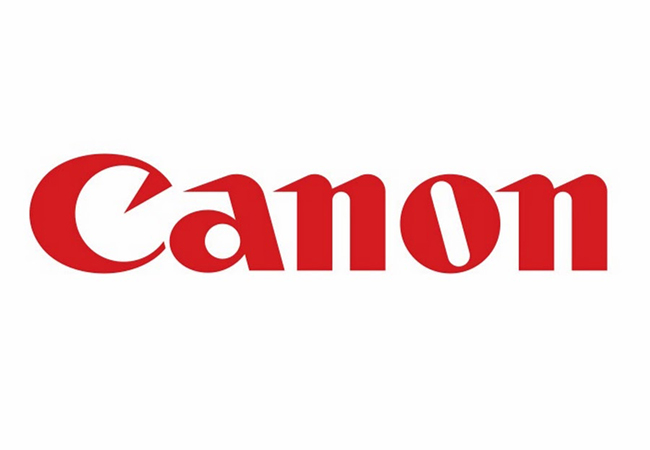Collaboration is key
Caroline Serfass, Senior VP and CIO, Canon Europe
As time goes on, digitisation is moving more to the front office and customer-facing processes. Digitising how we communicate with customers tends to be more fast paced, as their needs change so much more often than our finance regulations and processes.
How can businesses take on this challenge in 2020? Companies need to find a way of working differently to keep up with the speed of change, such as adopting more agile principles. Agile is now more than just the way IT works, it’s a way of collaborating across functions.
When IT departments let other functions lead technology decisions, they have an order-taking mindset. The department leads might believe they have surveyed the whole world and they’re sure this is the best product. But that’s the wrong way round. If technical people only dealt with the technical side, you would be surprised what opportunities you could miss for the company. It’s when we collaborate that we create value.
In 2020, IT leaders need to take more responsibility and ownership of doing the right thing for the company. That means not being afraid to step into conversations which are not just about IT but about achieving business goals. I say to people, don’t ask for permission, you are as important as anyone else.
Immediacy, data and customers, customers, customers
Alex Thurgood, Digital Operations Director, EMEA Canon Europe
2020 won’t be a year of big bang announcements, but ongoing evolution. It won’t be about key technologies, but key concepts. And the biggest concept for me is immediacy. In a world where next day delivery is increasingly the norm and same day delivery is catching on, expectations have been raised for being able to get whatever we want as soon as we want it.
And there’s more: The growth of RPA (robotic process automation) and AI is leading to the immediacy of once repetitive manual tasks; health providers are starting to offer video appointments, with doctors available 24/7; Governments are expected to handle enquiries and address crisis with immediacy and transparency; and consumers expect personalised, real-time communications to enable them to shop more efficiently.
Businesses will struggle with this, particularly because immediacy requires data and very few enterprises have really begun to drive value out of all the data they own. So, the second-biggest concept for me is data management. As we move into 2020, comprehensive data strategies are still quite rare. As a result, businesses might invest in marketing and customer experience (CX) technology only to find that, despite their abundance of data, it makes no difference to growth or CX. Data management platforms will become more important, particularly for data analysis, the creation of data points and making assumptions about customers and what they want.
And there’s that word again. Customers. Ultimately, this all relates back to the customer. The need for immediacy and its reliance on solid data management all goes back to their needs and demands. Most business leaders already know this and understand the importance of shaping long-term strategies with buyers in mind. But with corporate IT continuing to move slowly, the real question for 2020 is whether or not they’ll be able to keep up.
More of the same, but different: supply-chain attacks and deepfake scams
Quentyn Taylor, Director of Information Security, Canon Europe
When asked what 2020 is likely to bring, I would say: more of the same. More company-paralysing events, more ransom attacks, more pre-emptive strikes and perhaps, as a result, more investment into security solutions.
This is not to paint a bleak picture. But we do need to make sure we stay abreast of how fast this space is advancing. My two key predictions are around deepfake scams and supply-chain attacks.
In October 2019, there were 15,000 deepfake videos, just on social media[1]. The previous month, an AI-generated voice deepfake impersonated a CEO of an energy company and led to the fraudulent transfer of $243,000[2].
This will not be an isolated incident. The tools required to execute scams like this and create synthetic media will lower the barrier for non-experts to make their own deepfakes. And for attackers with quality resources at their disposal, 2020 will see their deepfakes becoming more realistic, and more sophisticated.
Ransom attacks will also start raising their game. Assaults on the supply-chain will likely become more lucrative and more effective than straightforward data theft. This is because:
- Every company has a supply chain and every company is at some risk from it
- Not even the most well-protected companies can shield software they don’t control
- Attackers can infiltrate secure or isolated organisations using channels they already trust
- They can hide their traces or even pre-emptively infect software and wait to see until a suitable victim installs it
- Supply chains are wide and expansive and don’t have a single point of responsibility
We can partly blame the ongoing rise of digitalisation for these trends. IT centralisation improves security, but it also makes attacks like these more likely. Without centralisation, you have siloes and siloes lead to more points of vulnerability, less productivity and wasted capital. But with centralisation, an attacker could potentially take out your entire operation in one hit.
Does that mean companies should go backwards and de-centralise? Of course not. But as always, the next year will need even more vigilance than the one before.
[1] https://www.forbes.com/sites/johnbbrandon/2019/10/08/there-are-now-15000-deepfake-videos-on-social-media-yes-you-should-worry/#234bca7a3750
[2] https://www.forbes.com/sites/jessedamiani/2019/09/03/a-voice-deepfake-was-used-to-scam-a-ceo-out-of-243000/#40fc13ae2241























































































